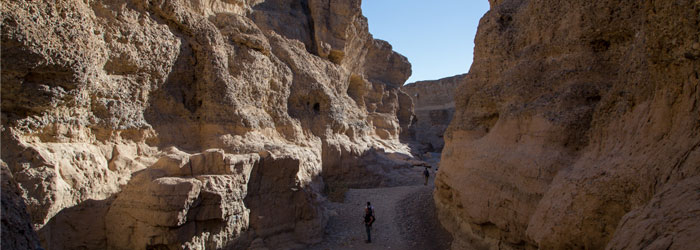Namibian Photographer Profile | Anja Denker
May 28, 2014Orange River Mouth – A diamond in the Rough
June 4, 2014Written by Christopher Clark – despite his reluctance to follow in the footsteps of mainstream tourists, he managed to find his own unique liking in Sossusvlei
I’ll admit, I’ve always been a bit of a snob about certain “mainstream” pursuits. If a song becomes too popular, I find it hard not to dislike it on principal; I have refused outright to even attempt to read any of the Harry Potter, Twilight or Fifty Shades books, and find it difficult not to slightly judge someone who has. I have always felt I should try to be more original, or something equally conceited.
I suppose that the same line of thinking has often applied to the way I travel. If it’s left up to me, the more obscure, the more alternative, the more off the beaten track the destination the better.
If you bear this in mind, you might understand why, for all my numerous visits to Namibia, I hadn’t ever managed to schedule a trip to Sossusvlei, widely considered Namibia’s “best known” attraction and one of the most photographed places in the world. As beautiful and breath-taking as the pictures looked, I wanted to try to be different.
Until my latest trip that is.
This time, thankfully as it turned out, I had no choice. I was ordered to go to Sossusvlei on a writing job and needed to put food on the table. So I couldn’t refuse.
I arrived in Windhoek, and after a couple of days lounging by the pool I set off in my rental car for Swakopmund for a day and a night. This was my first time here, and it was that particular breed of strange and contradictory town that I’ve learnt can only exist in Namibia.
From Swakopmund, I finally bit the bullet and drove overnight through the Namib-Naukluft National Park, the oldest desert in the world, hoping to beat the crowds and get to Sossusvlei at the absolute crack of dawn.
I arrived with the sun just beginning to creep over the horizon, its steady ascension causing the dunes’ deep orange colours and contours to constantly shift and change.
I decided I was going to climb Big Daddy, the aptly-named highest of the dunes, to get the best view and lose some of the other groups of early bird visitors who had gone for the easier and more populated option of Dune 45.
If I was going to succumb to the Sossusvlei experience, I was at least going to do it like a real man, I told myself.
After about 20 minutes, I seemed to have gone almost nowhere and was seriously regretting my decision. But if there is one attribute as certain as my snobbishness, it’s my stubbornness. So, wheezing like an 85 year old 40 a day smoker, onwards and very slowly upwards I went.
When I reached the top about an hour or so later and managed to convince myself that I wasn’t going to vomit or pass out after all, I stood up and looked out at the view and it certainly was worth it. The changing yellows and oranges and curvature of the dunes was even more striking now in contrast to the harsh grey-white of the Deadvlei pan below, with the blackened and brittle dead camel thorn trees dotted across the former oasis like scarecrows.
As I looked out over the vast and silent ocean of desert, with its colourful waves rising and falling, I suddenly felt very alone, very peaceful and, just for a moment, completely oblivious as to whether anyone else at all was there with me or in any way encroaching on my experience or not.
Eventually, I slowly descended into Deadvlei and walked across the pan amongst the trees. Hundreds of years ago, the Tsauchab River flooded this pan and the abundance of water allowed these camel thorn trees to grow. However, the climate changed and the sand dunes steadily moved onto the pan, blocking the river from reaching the area. Sossusvlei translates directly as “dead-end marsh”.
Estimated to be approximately 900 years old, the dead trees have not decomposed due to the dry climate.
As I continued to explore the area around Sossusvlei and Sesriem, I felt increasingly ashamed of my previous snobbishness about coming here, and I began to see that just because something is popular or, in some way, “mainstream”, it doesn’t mean that it can’t be original; that however many people might be attracted to a place to like this, it doesn’t mean that every single one of us can’t find something unique and personal in its unparalleled beauty.
But that still doesn’t mean I’ll be reading Twilight any time soon.
YOU MIGHT ALSO LIKE CHRISTOPHER’S STORY – Namibia’s Striking South – A Nam Fan explores
Find our who Chris is and Read his Bio Here
To find out more about Sossusvlei visit: www.sossusvlei.org







1 Comment
What a snob! And missing out on so much–now by his own admission. Maybe he is finally growing up and I’m glad that Sossusvlei helped.